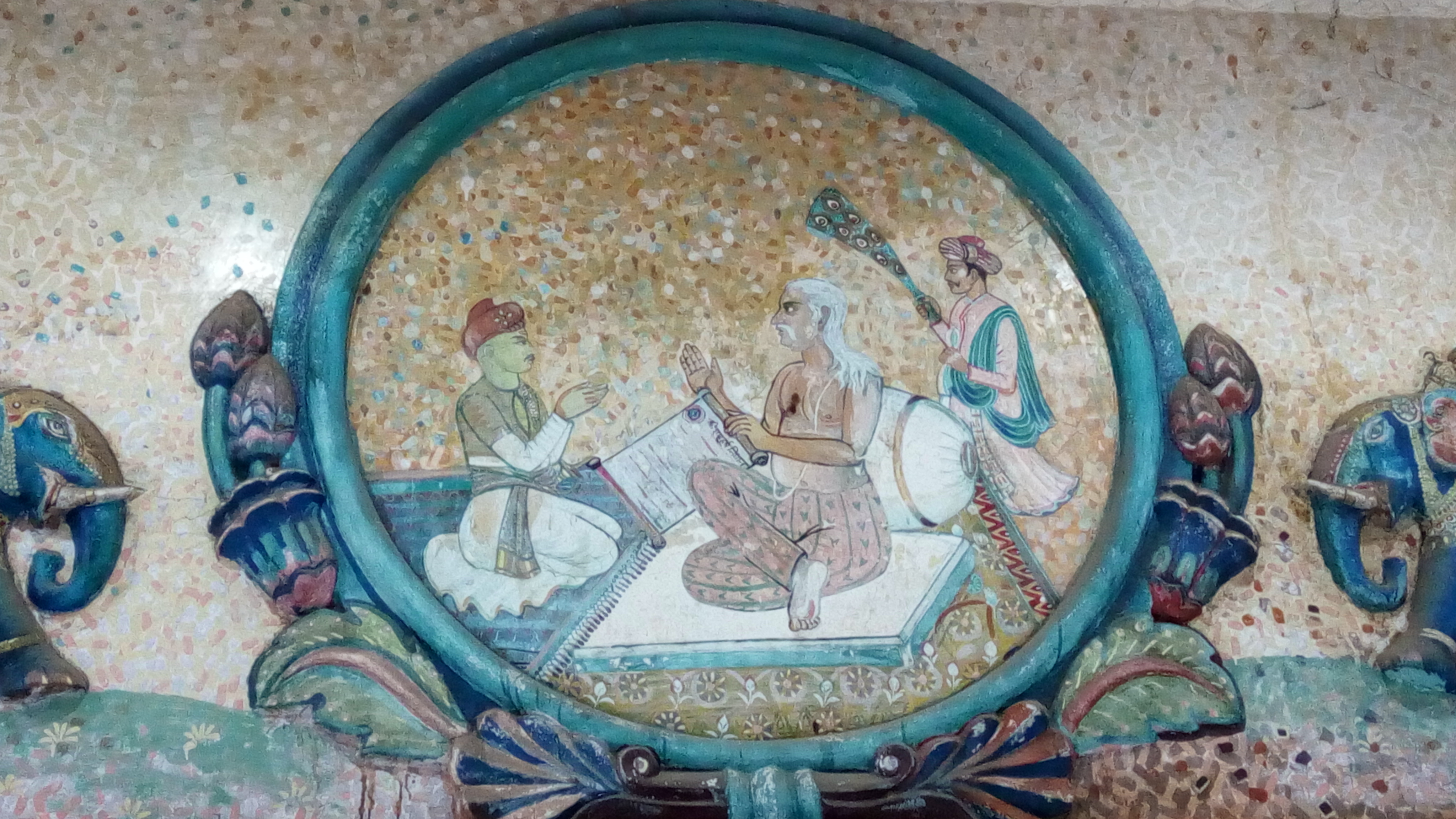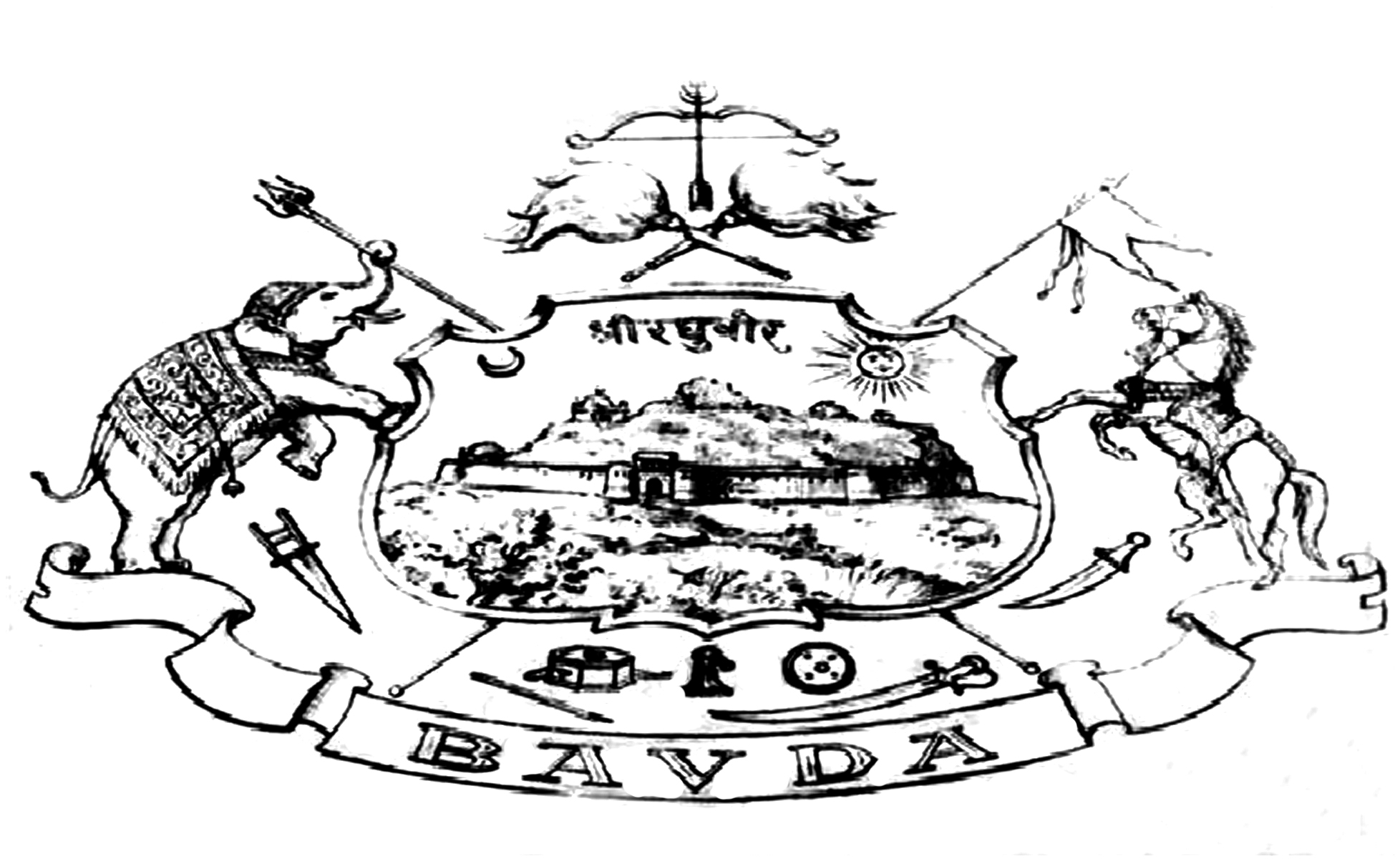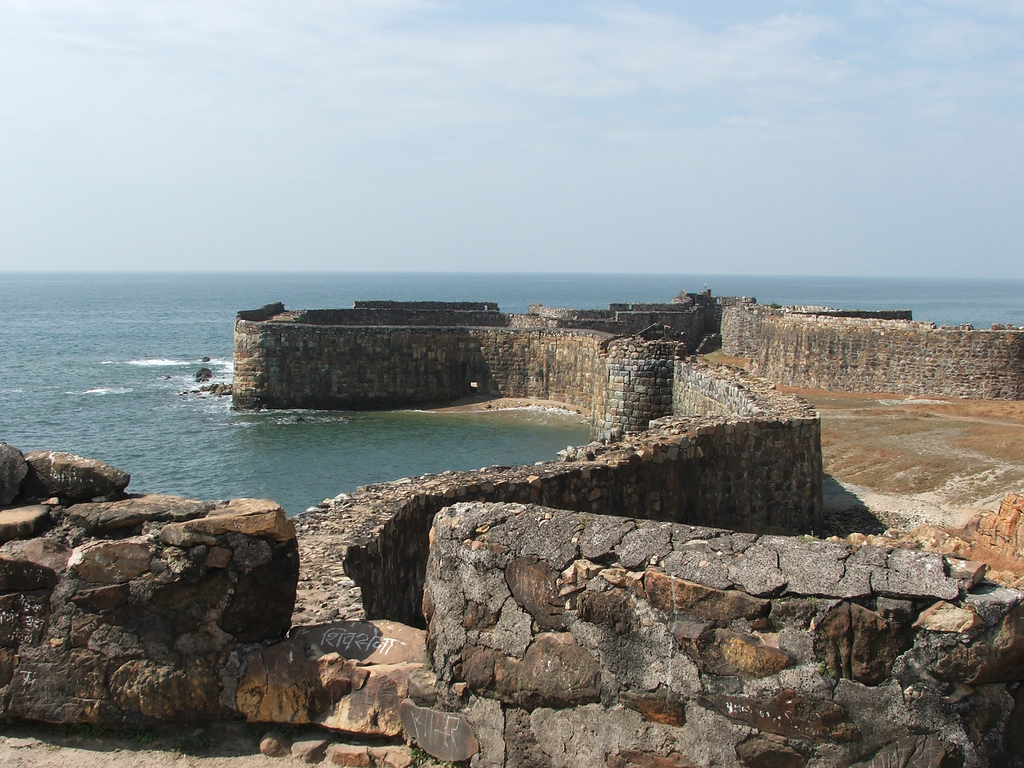|
Bahiroji Pingale
Bhaironji Pant Pingale was the younger son of Moropant Trimbak Pingle. His father, Moropant Pingle was the first Peshwa of Chhattrapati Shivaji. When Kanhoji Angre attacked Satara in 1711, Bahiroji was taken a prisoner by him. Immediately Shahu I ordered Balaji Vishwanath to ensure his release and also gave Balaji Vishwanath authority in the form of the post of Peshwa, so that he could negotiate with Kanhoji Angre on behalf of the king. His descendants, the Pingale family still lives in Kothrud Pune. References * Bombay University The University of Mumbai is a collegiate, state-owned, public research university in Mumbai. The University of Mumbai is one of the largest universities in the world. , the university had 711 affiliated colleges. Ratan Tata is the appointed ... – ''Maratha History – Seminar Volume'' * New History of Marathas by G S Sardesai (Phoenix Publications). * Advanced Study in the History of Modern India 1701-1813 .Jaswant Lal Mehta (New Dawn P ... [...More Info...] [...Related Items...] OR: [Wikipedia] [Google] [Baidu] |
Flag Of The Maratha Empire
A flag is a piece of fabric (most often rectangular or quadrilateral) with a distinctive design and colours. It is used as a symbol, a signalling device, or for decoration. The term ''flag'' is also used to refer to the graphic design employed, and flags have evolved into a general tool for rudimentary signalling and identification, especially in environments where communication is challenging (such as the maritime environment, where semaphore is used). Many flags fall into groups of similar designs called flag families. The study of flags is known as "vexillology" from the Latin , meaning "flag" or "banner". National flags are patriotic symbols with widely varied interpretations that often include strong military associations because of their original and ongoing use for that purpose. Flags are also used in messaging, advertising, or for decorative purposes. Some military units are called "flags" after their use of flags. A ''flag'' (Arabic: ) is equivalent to a brigade ... [...More Info...] [...Related Items...] OR: [Wikipedia] [Google] [Baidu] |
Peshwa
The Peshwa (Pronunciation: e(ː)ʃʋaː was the appointed (later becoming hereditary) prime minister of the Maratha Empire of the Indian subcontinent. Originally, the Peshwas served as subordinates to the Chhatrapati (the Maratha king); later, under the Bhat family, they became the ''de facto'' leaders of the Maratha Confederacy, with the Chhatrapati becoming a nominal ruler. During the last years of the Maratha Empire, the Peshwas themselves were reduced to titular leaders, and remained under the authority of the Maratha nobles and the British East India Company. All Peshwas during the rule of Shivaji, Sambhaji and Rajaram belonged to Deshastha Brahmin community. The first Peshwa was Moropant Pingle, who was appointed as the head of the Ashta Pradhan (council of eight ministers) by Chhatrapati Shivaji Maharaj, the founder of the Maratha Empire. The initial Peshwas were all ministers who served as the chief executives to the king. The later Peshwas held the highest adminis ... [...More Info...] [...Related Items...] OR: [Wikipedia] [Google] [Baidu] |
Maratha Empire
The Maratha Empire, also referred to as the Maratha Confederacy, was an early modern Indian confederation that came to dominate much of the Indian subcontinent in the 18th century. Maratha rule formally began in 1674 with the coronation of Shivaji of the Bhonsle, Bhonsle Dynasty as the ''Chhatrapati'' (Marathi language, Marathi: "The title "Chhatrapati" was created by Shivaji upon his coronation"). Although Shivaji came from the Maratha_(caste), Maratha caste, the Maratha empire also included warriors, administrators and other notables from Maratha and several other castes from Maharashtra. They are largely credited for ending the Mughal Empire, Mughal control over the Indian subcontinent and establishing the Maratha Empire. The religious attitude of Aurangzeb, Mughal Emperor Aurangzeb estranged non-Muslims, and his inability to finish the resulting Maratha uprising after a Mughal–Maratha Wars, 27-year war at a great cost to his men and treasure, eventually ensued Maratha a ... [...More Info...] [...Related Items...] OR: [Wikipedia] [Google] [Baidu] |
Shahu I
Chhatrapati Shahu Bhosale I (Pronunciation: �aːɦuː CE) was the fifth Chhatrapati of the Maratha Empire founded by his grandfather, Chhatrapati Shivaji Maharaj. Born into the Bhonsle family, he was the son of Chhatrapati Sambhaji Maharaj, Shivaji Maharaj's eldest son and successor. He was captured at a very young age and held captive by the Mughals till the death of the Mughal emperor Aurangzeb. At that time, he was released from captivity in the hope of keeping the Marathas locked in an internecine struggle. Under Chhatrapati Shahu Maharaj's reign, Maratha power and influence extended to all corners of the Indian subcontinent, which eventually turned into a strong Maratha Empire during his time. After his death, his ministers and generals such as the Peshwas, Bhonsle of Nagpur, Gaikwad, Shinde and Holkar carved out their own fiefdoms and turned the empire into a confederacy. Early life Shahu, as a seven year old child, was taken prisoner along with his mother in 168 ... [...More Info...] [...Related Items...] OR: [Wikipedia] [Google] [Baidu] |
Ramchandra Pant Amatya
Ramchandra Neelkanth Bawadekar (1650–1716), also known as Ramchandra Pant Amatya, served on the Council of 8 (''Ashta Pradhan'') as the Finance Minister (''Amatya'') to Emperor (''Chhatrapati'') Shivaji, dating from 1674 to 1680. H. S. Sardesai, Genesis Publishing Pvt Ltd, 2002, , He then served as the Imperial Regent to four later emperors, namely Sambhaji, Rajaram Chhatrapati, Rajaram, Shivaji II and Sambhaji II. He authored the ''Adnyapatra'', a famous code of civil and military administration, and is renowned as one of the greatest civil administrators, diplomats and military strategists of the Maratha Empire. Early life Ramchandra Pant was born in a Deshastha Brahmin family in a ...[...More Info...] [...Related Items...] OR: [Wikipedia] [Google] [Baidu] |
Parshuram Pant Pratinidhi
Parshuram Trimbak Kulkarni (1660–1718), popularly known as Parshuram Pant Pratinidhi, was a Minister (''Pradhan'') and Count (''Sardar'') of the Maratha Empire. He served as ''Pratinidhi'' (Chief Delegate) during Rajaram I and Tarabai’s reign. His contribution to the War of 27 years is considered to be of vital importance. He was also the founder of the princely states of Vishalgad and Aundh in Maharashtra. The first hereditary recipient of the title 'Pratinidhi', meaning 'the representative of the king' or viceroy, was Parshuram Trimbak Pant, who was a recorder and interpreter at the court of Shivaji. The title Pratinidhi was conferred upon him in 1698 by Rajaram, the second son of Shivaji. Life Early life Parshuram Trimbak was born in 1660 in Kanhai village in a Deshastha Brahmin family. His father Trimbak Krishna was a devotional and pious village officer of Kanhai. Career Parashuram started his career as a clerk, but his abilities and valour enabled him, during the rei ... [...More Info...] [...Related Items...] OR: [Wikipedia] [Google] [Baidu] |
Moropant Trimbak Pingle
Moropant Trimbak Pingle (1620–1683), was the ''peshwa'' of the Maratha Empire, serving on Shivaji Maharaj's Ashta Pradhan (Council of Eight Ministers). Early life Moropant Trimbak Pingle was born to a Deshastha Brahmin family in 1620 Nimgaon. In 1647, he joined Chhatrapati Shivaji in establishing the Maratha Empire. Career He was one of the warriors who participated in the successful 1659 battle of Shivaji Maharaj's forces against the forces of Bijapur's Adil Shah which immediately followed Adil Shah's general Afzalkhān's death at Jāwali. He also participated in the battles at Trimbakeshwar Fort and Wāni- Dindori against the Mughal Empire. He participated in Shivaji's invasion of Surat in 1664. He also participated in the Battle of Salher Moropant surrounded and attacked the 25,000 strong Mughal infantry at Salher with his 20,000 infantry. Prominent maratha sardar and Shivaji's childhood friend Suryaji Kakde was killed by a Zamburak cannon in the battle. Chhatrapati Sambha ... [...More Info...] [...Related Items...] OR: [Wikipedia] [Google] [Baidu] |
Chhattrapati
Chhatrapati is a royal title from Sanskrit language.The word ‘Chhatrapati’ is a Sanskrit language compound word (tatpurusha in Sanskrit) of ''chhatra'' (''parasol'' or ''umbrella'') and ''pati'' (''master/lord/ruler''). This title was used by the House of Bhonsle. The title "Chhatrapati" was created by Shivaji upon his coronation, and this was also held by his immediate successors, namely Sambhaji, Rajaram, and Shahu. After the death of Shahu, however, the increasing power of the Peshwas reduced his successors to a nominal position although they continue to use the title to this day. The states of Satara and Kolhapur came into being in 1707, because of the succession dispute over the royalty. Shahuji, the heir apparent to the Maratha kingdom, captured by the Mughals at the age of nine, remained their prisoner at the death of his father Sambhaji, the elder son of Shivaji the founder of the Maratha Empire, in 1689. The dowager Maharani Tarabai (wife of Rajaram I) proclaime ... [...More Info...] [...Related Items...] OR: [Wikipedia] [Google] [Baidu] |
Shivaji
Shivaji Bhonsale I (; 19 February 1630 – 3 April 1680), also referred to as Chhatrapati Shivaji Maharaj, was an Indian ruler and a member of the Bhonsle Maratha clan. Shivaji carved out his own independent kingdom from the declining Adilshahi sultanate of Bijapur which formed the genesis of the Maratha Empire. In 1674, he was formally crowned the ''Chhatrapati'' of his realm at Raigad Fort. Over the course of his life, Shivaji engaged in both alliances and hostilities with the Mughal Empire, the Sultanate of Golkonda, Sultanate of Bijapur and the European colonial powers. Shivaji's military forces expanded the Maratha sphere of influence, capturing and building forts, and forming a Maratha navy. Shivaji established a competent and progressive civil rule with well-structured administrative organisations. He revived ancient Hindu political traditions, court conventions and promoted the usage of the Marathi and Sanskrit languages, replacing Persian in court and administratio ... [...More Info...] [...Related Items...] OR: [Wikipedia] [Google] [Baidu] |
Kanhoji Angre
Kanhoji Angre (Marathi: कान्होजी आंग्रे, Help:IPA/Marathi, [kanʱod͡ʒiː aːŋɡɾe]), also known as Conajee Angria or Sarkhel Angré (August 1669 – 4 July 1729) was a chief of the Maratha Navy in present-day India. Kanhoji became known for attacking and capturing European East Indiamen, merchant ships and collecting ''jakat'' (known to locals as taxes), seen by Europeans traders and colonists as ransoming of their crews. East India Company, British, Dutch East India Company, Dutch and Portuguese Empire, Portuguese ships often fell victims to these raids. Despite attempts by the Portuguese and British to put an end to his privateering activities, Angre continued to capture and collect ''jakat'' from European merchant ships until his death in 1729. Kanhoji's naval prowess in capturing dozens of European trading ships and avoiding capture has led to many historians to appraise Kanhoji as the most skilled Indian navy chief in the maritime history of ... [...More Info...] [...Related Items...] OR: [Wikipedia] [Google] [Baidu] |







